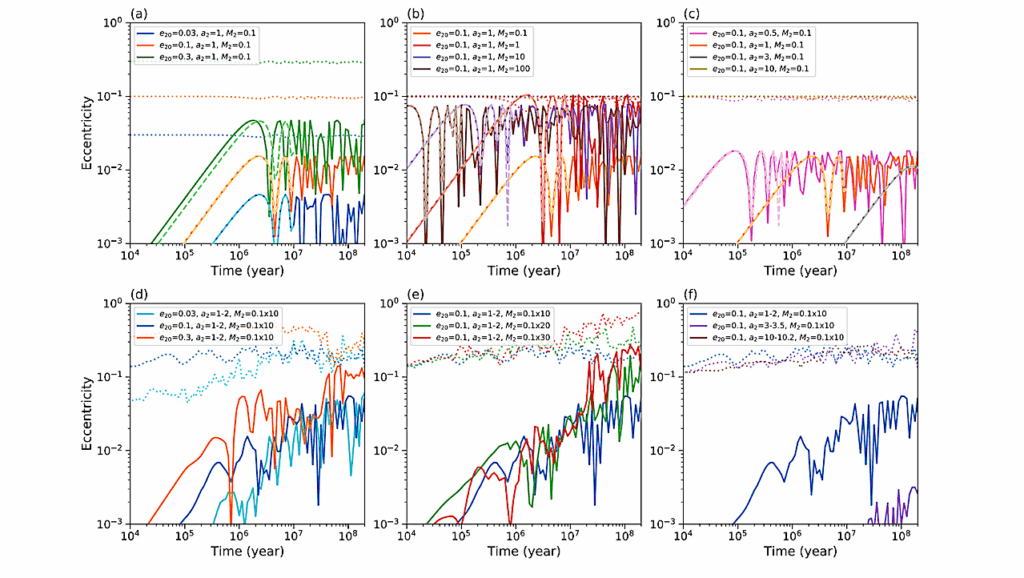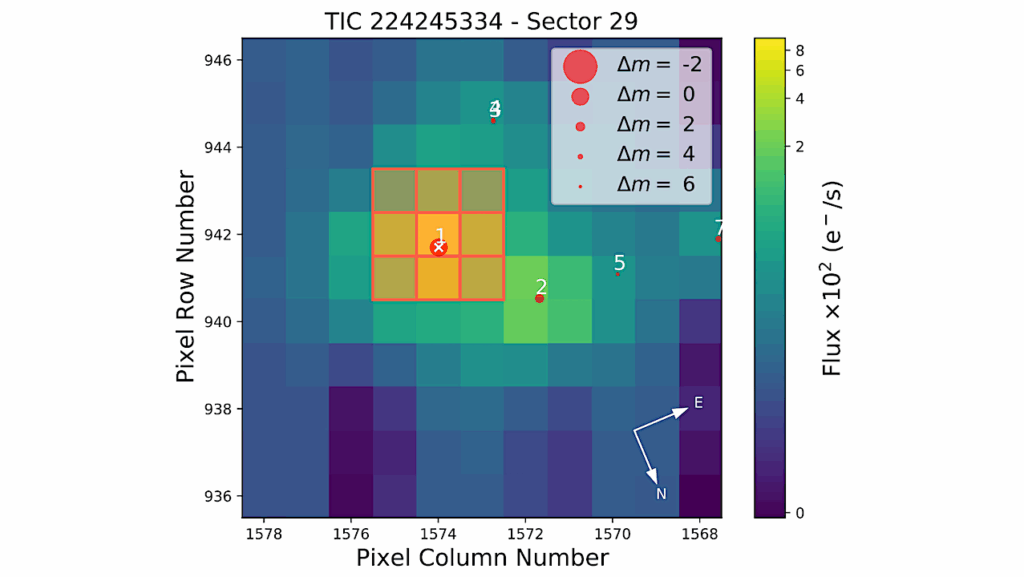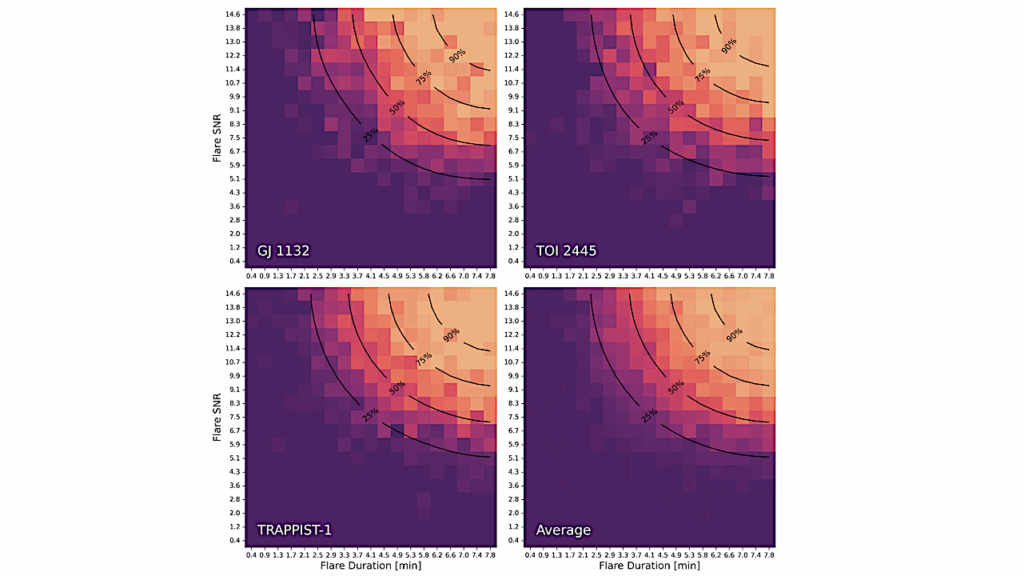Comparative Habitability of Transiting Exoplanets

Exoplanet habitability is traditionally assessed by comparing a planet’s semi-major axis to the location of its host star’s “habitable zone,” the shell around a star for which Earth-like planets can possess liquid surface water.
he Kepler space telescope has discovered numerous planet candidates near the habitable zone, and many more are expected from missions such as K2, TESS and PLATO. These candidates often require significant follow-up observations for validation, so prioritizing planets for habitability from transit data has become an important aspect of the search for life in the universe. We propose a method to compare transiting planets for their potential to support life based on transit data, stellar properties and previously reported limits on planetary emitted flux. For a planet in radiative equilibrium, the emitted flux increases with eccentricity, but decreases with albedo. As these parameters are often unconstrained, there is an “eccentricity-albedo degeneracy” for the habitability of transiting exoplanets.
Our method mitigates this degeneracy, includes a penalty for large-radius planets, uses terrestrial mass-radius relationships, and, when available, constraints on eccentricity to compute a number we call the “habitability index for transiting exoplanets” that represents the relative probability that an exoplanet could support liquid surface water. We calculate it for Kepler Objects of Interest and find that planets that receive between 60-90% of the Earth’s incident radiation, assuming circular orbits, are most likely to be habitable. Finally, we make predictions for the upcoming TESS and JWST missions.
Rory Barnes, Victoria S. Meadows, Nicole Evans
(Submitted on 29 Sep 2015)
Comments: 12 pages, 6 figures, accepted to ApJ. A complete version of Table 1 can be found at this http URL
Subjects: Earth and Planetary Astrophysics (astro-ph.EP)
Cite as: arXiv:1509.08922 [astro-ph.EP] (or arXiv:1509.08922v1 [astro-ph.EP] for this version)
Submission history
From: Rory Barnes
[v1] Tue, 29 Sep 2015 20:11:10 GMT (130kb)
http://arxiv.org/abs/1509.08922








